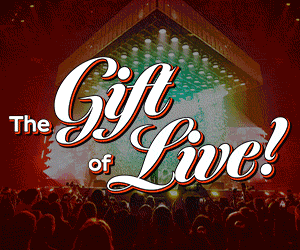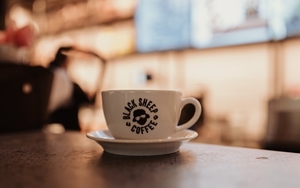ITS arrival in towns and cities has sparked hostile reactions, and even demonstrations. And at 4pm today, San Francisco-based Uber taxis hit the streets of Merseyside.
Cabbies in and around Liverpool are already responding to a changing market, with various firms introducing their own easy-use apps as a way of booking a cab home.
But Google-backed Uber works entirely by smartphone, a cashless system where you don’t pay any money to the driver. Instead the fare is taken from your pre-registered bank or credit card account.
UberX, as it is being called, works by connecting riders (ie passengers) and licensed, private hire drivers in real time via the app. It claims to offer a low cost, convenient and safe ride at the touch of a button.
A communique from Uber says it prides itself on bringing not only one of the safest ways to travel, but also the most cost effective. “For example, a journey from Lime Street Station to Goodison Park would cost approximately £5.70, or from West Derby to the city centre would cost approximately £7.”
Well sort of. Uber users what is known as price surging during busy times. This means the original fare can be four times higher while a surge is on, which operates, says Uber, to encourage more drivers to work. So that £5.70 trip to Goodison might be rather more when most people want to go there - on match day. The company says it advises people in advance when a surge rate applies, offering the change to "delay your journey and having a coffee or a beer until the charge rate lowers".
It's not been a smooth ride everywhere. In Manchester, according to media reports, Uber fares - as much as £7-a-mile at surge times. have come as a nasty shock to some.
The highest fare the Manchester Evening News found - £42 from the Northern Quarter to Didsbury - was made when there was a 2.8 times surge and worked out at around £7 a mile for a six mile journey.
The passenger said: “I understand you’re signing up to their terms and conditions when you click the app but we never expected it to be that much."
Uber Manchester said dynamic pricing was first and foremost about getting more cars on the road.
“During times of peak demand - where there are not enough drivers on the Uber system - fares increase to incentivise more drivers on to the platform. Dynamic pricing is also fully transparent. During a period of dynamic pricing, riders are fully notified of the increase in price.”
If those same surge rates were applied in Liverpool it would mean an uber taxi from Lime Street to Crosby could cost more than the rail fare from London to Liverpool - £49 for a seven mile journey. Beatles fans travelling from the Cavern Quarter to Mendips in Menlove Ave could, under surge rules, pay around £34 for their ticket to ride.
Having won an operator’s licence from Sefton, home of the UK's biggest taxi firm, Delta, Uber will run from a base there, As such it will be able to recruit from, potentially, thousands of its Sefton-badged drivers.
However under relaxed licensing rules, Uber can pick up and drop off in Liverpool where it has also applied for an operator’s licence. This would enable it to hire Liverpol based drivers, but the city council has yet to decide whether to grant it.
Feeling are running high across Merseyside about the arrival of Uber and for once the hackney side of the trade is united with the private hire sector in its opposition to the newcomer.
But not everyone is unhappy, Uber claims. Around 25,000 people in Merseyside have already signed up to the app, it says.















